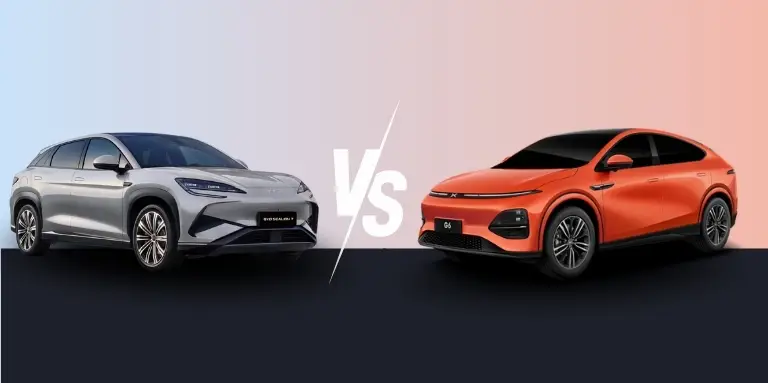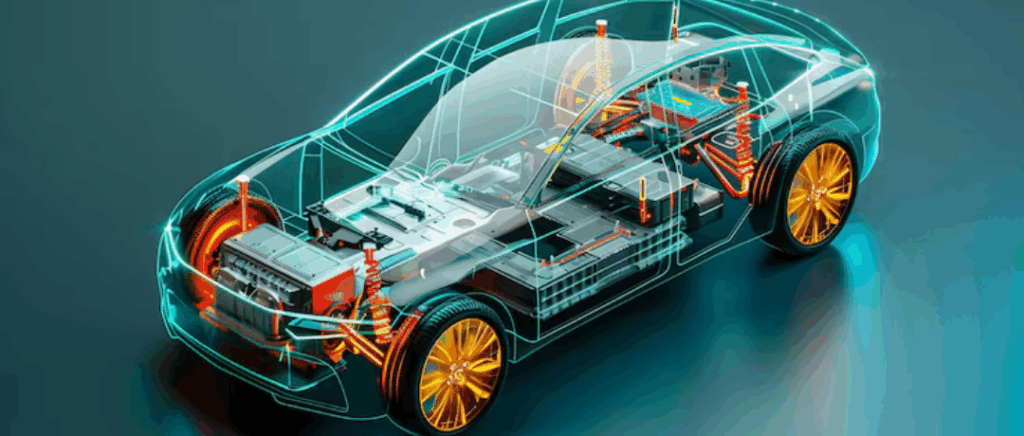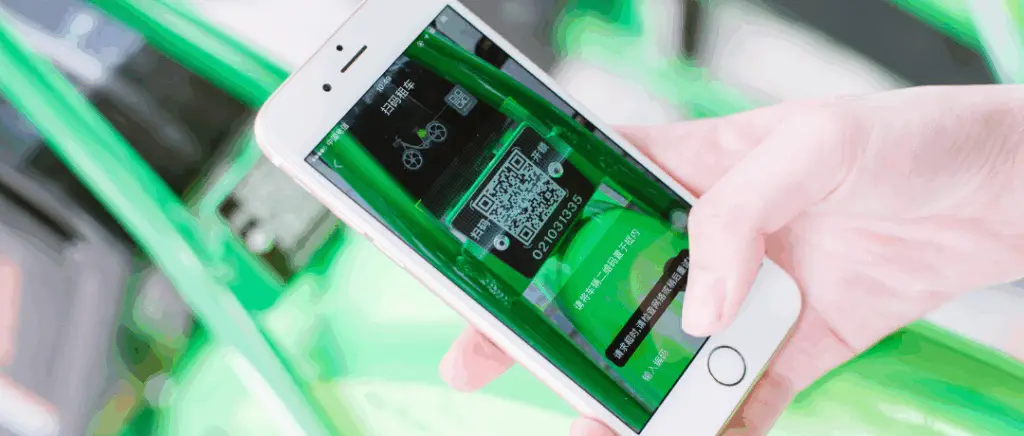Performance and autonomy XPENG G6 or BYD Sealion 7, who wins on the road?
What engine and acceleration does the XPENG G6 offer compared to the BYD Sealion 7?
Le XPENG G6 is based on the SEPA 2.0 (800 V) platform and offers a choice of engines depending on the version. With 'Standard' rear-wheel drive, it develops 255 bhp (440 Nm) and accelerates from 0 to 100 km/h in 6.6 to 6.9 seconds. The 'Long Range' version boasts 285 bhp (440 Nm) and accelerates from 0 to 100 km/h in 6.7 seconds. The 'Performance' version, with all-wheel drive (AWD), boasts 476 bhp (660 Nm) and accelerates from 0 to 100 km/h in just 4.1 seconds, making it one of the fastest cars on the road. Electric SUVs the most dynamic in its category. This range of engines enables the G6 to cater for different user profiles, from urban drivers to thrill-seekers.
The BYD Sealion 7, built on the e-Platform 3.0 Evo platform with CTC technology, also offers several configurations. The 'Comfort' version (rear-wheel drive) offers 313 bhp (380 Nm) and accelerates from 0 to 100 km/h in 6.2 to 6.7 seconds, depending on the source. The 'Design AWD' and 'Excellence AWD' versions add a front engine to achieve a combined power output of 523 to 530 bhp (690 Nm), enabling acceleration from 0 to 100 km/h in 4.5 seconds, a level of performance equivalent to the most powerful version of the XPENG G6. Both models therefore offer modern platforms and highly competitive acceleration, with the BYD Sealion 7 slightly ahead in terms of maximum power, but equal in terms of pure acceleration.
How do the XPENG G6's range and recharging capabilities compare with those of the BYD Sealion 7?
Le XPENG G6 stands out for its ultra-fast range and recharging capabilities. In its 'Long Range' version, it offers up to 570 km of WLTP range thanks to its battery 87.5 kWh battery, while the 'Standard' version offers 435 km with a 66 kWh LFP battery. Thanks to 800 V technology, fast charging reaches up to 280 kW direct current (DC), enabling the car to go from 10 % to 80 % charge in just 20 minutes at a compatible charging point. Even the standard version offers fast charging at 210 kW, maintaining a charge time of 20 minutes for the same charging range.
Le BYD Sealion 7equipped with an 82.5 kWh LFP BYD Blade battery (80 useful kWh), has a maximum range of 605 km WLTP for the 'Comfort' (rear-wheel drive) version, while the all-wheel drive versions ('Design AWD' and 'Excellence AWD') offer up to 520 km. Fast charging is available at 150 kW DC, enabling the car to go from 10 % to 80 % charge in around 30 to 36 minutes, depending on the source. At alternating current (AC)Maximum power is 11 kW on both models.
To sum up, the XPENG G6 has the edge in terms of charging speed and range over its large-battery versions, thanks to its 800 V platform and superior charging power. The BYD Sealion 7 stands out for its very competitive range on the rear-wheel drive version, but lags behind the G6 in terms of recharging speed and range on the all-wheel drive versions.
Design, comfort and practicality: XPENG G6 vs BYD Sealion 7, which is the most pleasant to live with every day?
Are the design and finish of the XPENG G6 better than those of the BYD Sealion 7?
Le XPENG G6 seduces with its futuristic design and SUV coupé silhouette, with flowing lines and a sporty look that give it a strong personality on the road. Inside, the G6 offers a spacious cabin, premium materials such as extensive leather, wood inserts and a microfibre headlining, as well as a meticulous finish. Equipment is state-of-the-art, with customisable ambient lighting, a panoramic roof and a top-of-the-range audio system, reinforcing the impression of luxury and modernity. The G6's 800 V platform also makes it possible to integrate advanced on-board technologies, reinforcing its innovative dimension.
Le BYD Sealion 7With its elegant design and bold lines by Wolfgang Egger, it has a strong, refined visual identity. The interior is distinguished by a dashboard with a new design for the European market, using quality materials such as leather, alcantara and foamed plastics. The whole is well put together and offers a top-of-the-range ambience, even if certain technological aspects lag behind the sophistication of the G6. To sum up, the XPENG G6 stands out for its more futuristic and technological approach, while the BYD Sealion 7 seduces with its elegance and the quality of its materials, but remains a notch below in terms of on-board equipment and innovation.
Which SUV between the XPENG G6 and the BYD Sealion 7 offers the best interior space and driving comfort?
The XPENG G6 boasts optimised interior space thanks to a design focused on passenger comfort. It offers a boot volume of 571 litres, greater than that of the BYD Sealion 7 (520 litres), making it a more practical choice for families or travellers. Electrically adjustable heated, ventilated and massaging seats, together with ambient lighting and a panoramic roof, create a refined and comfortable atmosphere. From a driving point of view, the G6 boasts exemplary roadholding, thanks in particular to its Michelin Pilot Sport EV tyres, 800 V platform and advanced driving aids (Xmart), providing a stable, safe and enjoyable driving experience, even on long journeys or winding roads.
The BYD Sealion 7, with its slightly larger dimensions (4,830 mm long compared with 4,753 mm for the G6), also offers a spacious and well-finished cabin, with ergonomic seats and quality materials. However, it has less boot space and slightly less sophisticated comfort features than the G6. Handling and comfort are good, but the tests highlight that the G6 takes the lead when it comes to the overall driving experience, thanks to better integration of technologies and more advanced driver assistance.
Basically, the XPENG G6 on its 800 V platform stands out for its more generous interior space, superior comfort and a more accomplished driving experience, while the BYD Sealion 7 remains a very comfortable alternative but is slightly less innovative and practical in these respects.
On-board technology: XPENG G6 or BYD Sealion 7, which is the most advanced?
Does the XPENG G6's digital interface surpass that of the BYD Sealion 7?
The XPENG G6 features a particularly advanced digital interface, centred around a large 14.96-inch central touchscreen and a 10.2-inch driver display. Its Xmart OS operating system seamlessly integrates comfort, infotainment and driver assistance features, delivering an intuitive and highly connected user experience. The integration of voice assistants, Android Auto and Apple CarPlay compatibility, as well as remote controls via mobile app, further enhance the G6's technological edge.
By way of comparison, the BYD Sealion 7 offers a 12.8 or 15.6 inch rotating touchscreen accompanied by a 12.3 inch LCD dashboard, as well as a dedicated voice assistant. While both models offer advanced connectivity and modern interfaces, the XPENG G6 has the edge thanks to the coherence of its digital ecosystem, the responsiveness of its system and the advanced integration of intelligent driving functions.
What safety and driver assistance technologies are offered by the XPENG G6 and BYD Sealion 7?
The XPENG G6 features a full suite of active safety and driver assistance technologies. Its XPILOT system offers Level 2 autonomous driving, lane keeping assist, adaptive cruise control, autonomous emergency braking (AEB) capable of detecting vehicles, pedestrians and cyclists, intelligent speed assist, as well as front and rear collision warnings. Its high-strength aluminium structure enhances passive safety and optimises passenger protection.
The BYD Sealion 7, for its part, is based on the DiPilot system, which evolves according to the version: from the basic DiPilot 100 to the top-of-the-range DiPilot 600, the latter incorporating up to three LiDAR sensors and 600 TOPS of computing power for virtually complete driving automation. Features include lane keeping assist, autonomous emergency braking, blind spot monitoring, traffic sign recognition and parking assistance. Both models benefit from remote software updates (OTA) to upgrade their safety and assistance systems.
Which electric SUV offers the best value for money: XPENG G6 or BYD Sealion 7?
The XPENG G6 is one of the most competitive electric SUVs on the market in terms of value for money. Priced from €42,990 for the Standard Range version (435 km WLTP range), it offers 800 V platform technology, ultra-fast charging (up to 280 kW DC), a spacious, well-appointed interior and advanced technological equipment including driving aids and a modern digital interface. The Long Range (570 km range) and Performance (550 km, 0 to 100 km/h in 4.1 s) versions remain very attractive, with prices of €46,990 and €50,990 respectively, which is lower than many direct competitors such as the Tesla Model Y.
In comparison, the BYD Sealion 7, although offering similar range and performance, is generally priced slightly higher for equivalent equipment, and does not benefit from 800 V technology or charging as quickly as the G6. The Sealion 7 boasts an elegant interior finish and meticulous design, but its charging capacity (150 kW DC) and boot volume are slightly lower than those of the G6. What's more, the G6 offers greater interior space and boot space, making it even more attractive to families and frequent travellers.
The XPENG G6 offers particularly good value for money thanks to its performance, cutting-edge charging technology, long range and lower entry price than the comparably-equipped BYD Sealion 7.
Comparison table: XPENG G6 or BYD Sealion 7?
| Criteria | XPENG G6 | BYD Sealion 7 |
|---|---|---|
| Price (entry-level) | 44 000 € | 48 400 € |
| Power | 258 to 476 hp | 313 to 530 hp |
| Acceleration 0-100 km/h | 4.1 to 6.9 s | 4.5 to 6.7 s |
| Maximum speed | 200 km/h | 215 km/h |
| WLTP range | 435 to 570 km | 456 to 502 km |
| Battery | 66 to 87.5 kWh | 66 to 87 kWh |
| Consumption | 17.5 kWh/100 km | 19.9 kWh/100 km |
| Max DC Recharge | 280 kW | 150 kW |
| Boot volume | 571 L | 520 L |
| Dimensions (L x W x H) | 4 753 x 1 920 x 1 650 mm | 4 830 x 1 925 x 1 620 mm |
| Tare weight | 2 025 to 2 120 kg | 2225 to 2435 kg |
| Payload | 518 to 528 kg | 410 kg |
| Number of doors | 5 | 4 |
| Seats | 5 | 5 |
| Digital interface | 14.96" central screen + 10.2" driver | 12.8"/15.6" rotating screen + 12.3" LCD |
| ADAS systems | XPILOT (level 2, OTA upgradeable) | DiPilot (up to 3 LiDARs, OTA upgradeable) |
| Platform | SEPA 2.0 (800 V) | e-Platform 3.0 Evo (400 V) |
Conclusion
In conclusion, the XPENG G6 and the BYD Sealion 7 have slightly different priorities: The G6 dominates on account of its excellent value for money, thanks to its 800 V platform, lightning-fast 280 kW charging, range of up to 570 km WLTP and more generous boot space, while the Sealion 7 appeals on account of its slightly higher maximum power, elegant interior design by Wolfgang Egger and upgradable DiPilot driving aids incorporating up to three LiDARs, although its price and charging speed are less competitive.
So, if you're looking for versatility, fast charging and a low price, the XPENG G6 is the way to go; if your priority is raw power and a top-of-the-range look, the BYD Sealion 7 is a convincing option. In any case, if you'd like some help with the purchase of one of these Electric SUVs or if you're considering other models, don't hesitate to contact Beev, the electric mobility expert, for impartial advice, range simulations tailored to your journeys and advantageous financing offers.
































